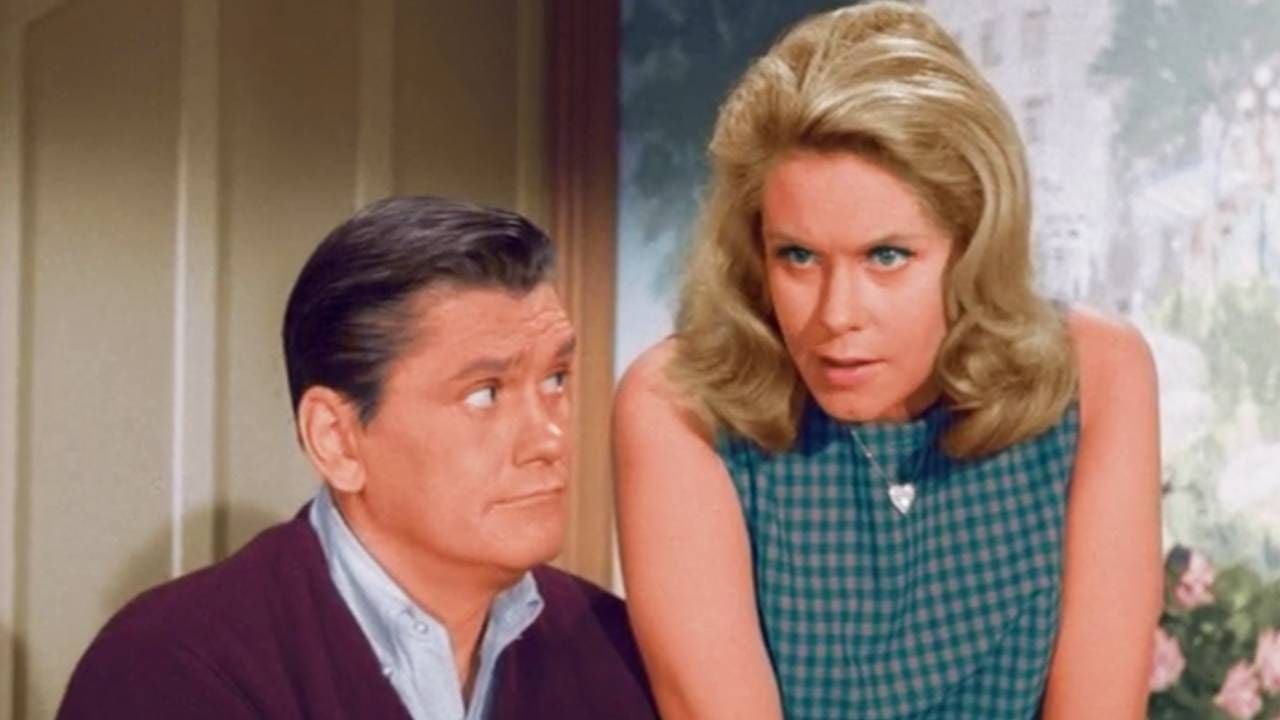From Rossellini to Sorrentino, films tell the story of the capital
The link between metropolis and cinematic magic, as well as the possibility of “traveling” through the films through characters passing in front of fountains, terraces, taxis, hotels, alleys, rubble, suburbs or monuments of emblematic capitals such as Rome or New York: these are the two axes outlined by the journalist María Zacco in her book “Las ciudades y el cine” (“City and cinema”, in free translation).
The intersection between the sensitivities and perceptions of travelers and those of filmmakers can be perceived in the ways of seeing or speaking, for example, of the Italian capital in every historical moment, in which, moreover, its mythical monuments have been central to building a unique form of cinematic language.
We can thus read how Roberto Rossellini shows the former imperial capital, the sadness, the rubble and the wounds caused by the war in “Roma, open city” (1945), while Federico Fellini, in 1960, retraces it in “A Doce Vida” , a scathing and pessimistic portrait of the Italian capital, which has passed at a dizzying pace with mass consumption, celebrities, parties, anxieties of journalists and film crews.
Zacco also focuses on Rome, which ranges from Pier Paolo Pasolini’s first glance at “Mamma Roma” (1962), a film in which social conditions influence the perception and narration of the Italian capital – to a more current vision, such as that of Paolo Sorrentino with “The Great Beauty” (2013).
Referring to the changes of time and the consequent variations of the meanings of Rome, Zacco explained to ANSA that the emblematic places of the Italian capital “have to do with its monuments, which, even if in ruins, continue to arouse the most admiration absolute – and for them, as a setting for historical events or biblical stories, Rome clung to cinema from the very beginning” “Monuments have continued to be important throughout the history of Italian cinema. it was in Fu by the hand of Benito Mussolini that industry had a new renaissance. With the creation of Cinecittà, in addition to conceiving it as an apparatus for consolidating its political domination, it was wanted that “Italy projected the greatness of Roman culture to everyone”, added Zacco.
According to the writer, “the same happened after the Second World War.” “First was neorealism, which exalted, for the first time directly and not through decorations, the grandeur of monuments, even in ruins”, he pointed out. .
Source: Terra
Rose James is a Gossipify movie and series reviewer known for her in-depth analysis and unique perspective on the latest releases. With a background in film studies, she provides engaging and informative reviews, and keeps readers up to date with industry trends and emerging talents.






